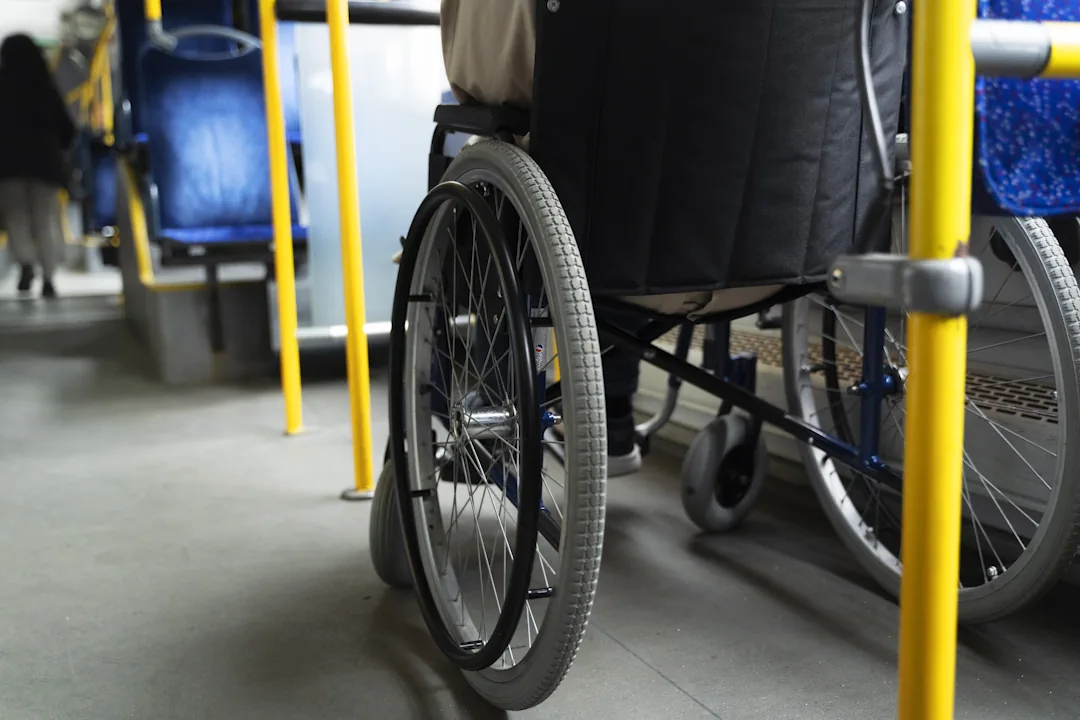04.11.2025
How close are Ukrainian teenagers to their parents? Emotional connection, communication, hugs

In the third publication on the study ‘Changes in Children's Mental Health and Well-being,’ learn about the following:
- How close are Ukrainian teenagers to their parents, and how does this affect the child's stress levels?
- Do parents think they are good at recognising their children's emotions?
- What helps to build closeness? Communication and hugs.
- How many children are rarely or never hugged by their parents?
In October 2025, Rating Group/Rating Lab surveyed more than 1,500 teenagers aged 10-18 and their parents using the unique Family 360° family research technology. In each publication, we discuss the mental health of teenagers and various aspects of their lives: gadgets and AI, parents' recognition of emotions, dreams, household chores and stress, upbringing and punishment in the family, and bullying.
Emotional connection with parents and stress
Most often, teenagers aged 10-18 have a very strong (40%) or strong (30%) emotional connection with their parents. Another 18% have a moderate connection, and 13% have a weak connection.
And the weaker the connection with parents, the more stress children experience
Two-thirds (62%) of teenagers who have a weak connection with their parents experience significant levels of stress. Among children who are very close to their parents, only 25% experience significant stress.
This trend is even stronger among older teenagers aged 14-18. In this age group, 67% of teenagers who have a weak connection with their parents experience significant stress.
How well do parents understand their children's emotions?
We asked parents to assess how often they can tell when their child is happy or sad.
- 73% of parents think they can always tell when their child is happy.
- 55% of parents also believe they can always tell when their child is sad.
We also compared this with how often children tell their parents about their feelings and experiences. Overall, about half of teenagers often share their experiences with their parents, while a third do so rarely. The trend is consistent:
The more a child talks to their parents about their feelings, the more confident parents are in understanding their child's emotions
Among parents whose children often talk to them about their feelings, 78% believe that they can always recognize joy. Also, more than 60% of these parents think that they can always recognize sadness in their child.
Communication and hugs – simple and important things
Those who hug and communicate more have a much stronger emotional connection
Half (52%) of children who often share their experiences with their parents have the strongest level of emotional bond. Among those who rarely share their experiences, this figure is half as much (24%).
Hugs show an even stronger trend: children who hug their parents often are significantly more likely to have the strongest level of connection (50%). Among those whose parents hug them rarely or never, only 12% have such a strong connection.
But not every child experiences parental hugs
One in ten children (13%) aged 10-13 never hug their parents or do so rarely
Among older teenagers aged 14-18, this figure is 21%.
In contrast, only 6% of parents of children aged 10-13 and only 10% of parents of teenagers aged 14-18 say that they never hug their child or do so rarely. This gap in the responses of children and parents suggests that some children lack warm displays of affection from their parents. Perhaps their parents hug them, but not as much as they would like.
About Family 360° technology
It is not worth making conclusions about teenagers without asking their opinion. That is why the Rating Group team launched Family 360° technology for family surveys, which focuses on the child who is being surveyed, as well as their parents, family members and, in some cases, teachers, doctors, psychologists, etc. Comparing the answers of children and their parents allows us to understand the relationships and changes within the family. We have previously used this approach successfully with our partners at UNICEF, KSE, and Ty Yak? when researching mine awareness, mental health, education, and career guidance.
About the study
We first researched the topic of mental health in the parent-child context in October 2024. This year, we decided to continue, expanding the topic and using longitudinal research techniques to better understand the dynamics. In October 2025, this survey covered more than 1,500 children/adolescents aged 10-18 and their parents.
Authors of the research idea: Svitlana Roiz, child and family psychologist, mother of two; Marianna Tkalych, CEO of Rating Lab, Doctor of Psychological Sciences, mother of Masha (17 years old); and Tetiana Skrypchenko, Deputy Director of Rating Group, mother of Solomiia (8 months old).
Methodology
- Fieldwork dates: 3–7 October 2025
- Survey method: CATI>CAWI (Computer-Assisted Telephone Interview – telephone interviews using a computer, CAWI – online survey). In the first stage (CATI), contact was made with parents who gave their consent for their children to participate in the online survey. In the second stage, children completed the survey via a personal link. After that, parents received a personal invitation to take part in an online survey for parents.
- Sample size: 2,531 respondents. Of these, 1,572 were children aged 10-18 and 959 were their parents. Almost 900 children took part in the survey again in a longitudinal format.



